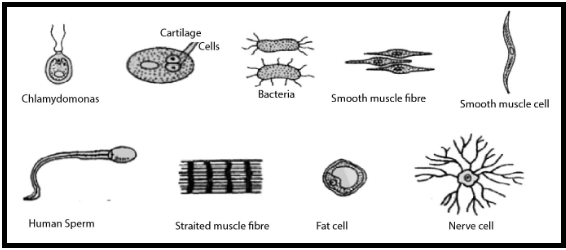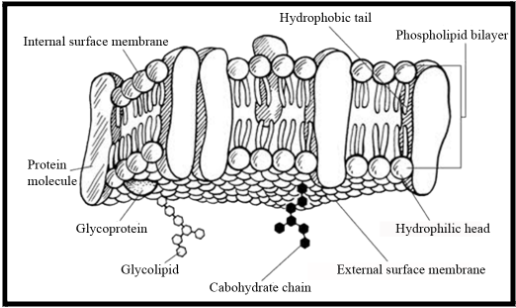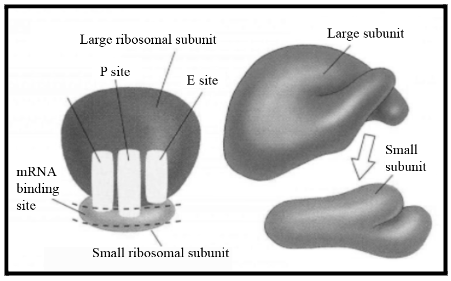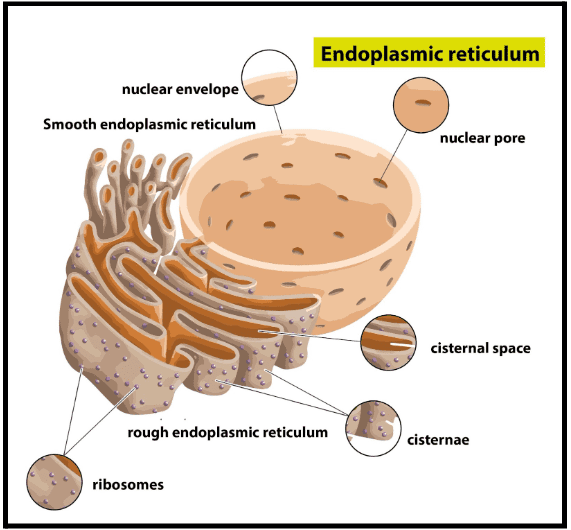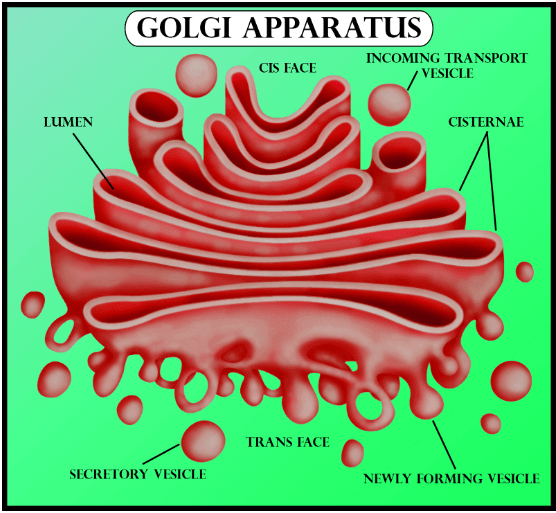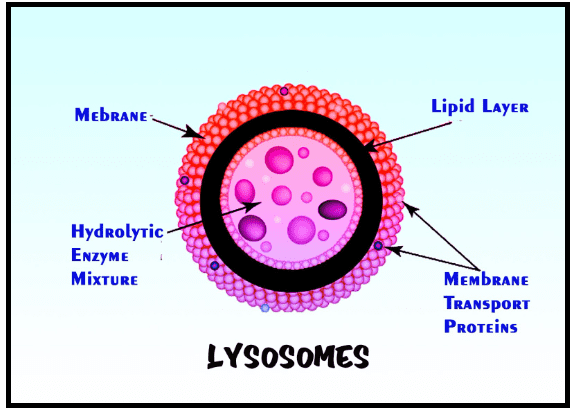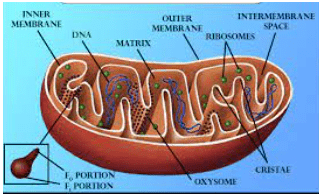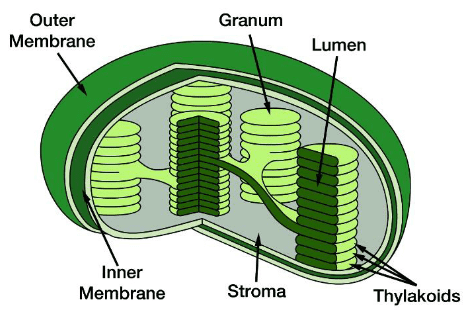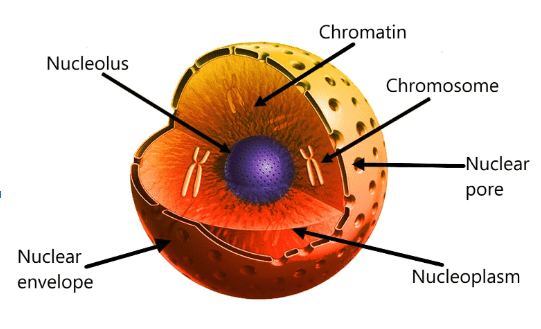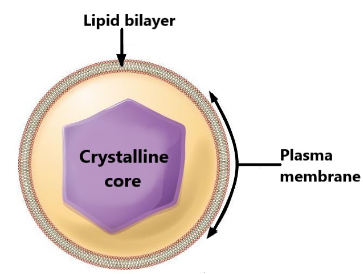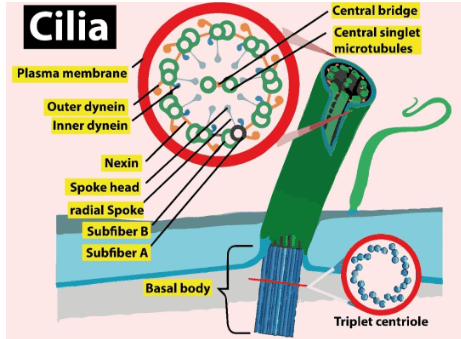Biology Notes for Chapter 8 Cell The Unit Of Life Class 11 - FREE PDF Download
FAQs on Cell The Unit Of Life Class 11 Biology Chapter 8 CBSE Notes - 2025-26
1. How can these revision notes on 'Cell: The Unit of Life' help with my self-study?
These notes are designed for quick and effective self-study. They summarise the entire chapter, focusing on the most important concepts, definitions, and diagrams as per the CBSE syllabus. Using them helps you review key topics like cell theory, organelle functions, and cell division efficiently without having to read the entire textbook again.
2. What's the best way to quickly revise the differences between a plant cell and an animal cell?
For a quick revision, focus on these four key differences:
- Cell Wall: Present in plant cells for rigid support; absent in animal cells.
- Plastids: Plant cells have plastids like chloroplasts for photosynthesis; animal cells do not.
- Vacuole: Plant cells have a large, central vacuole that maintains turgor pressure; animal cells have small, temporary vacuoles, if any.
- Centrioles: Absent in most higher plant cells but present in animal cells, where they help in cell division.
3. When revising Chapter 8, what are the most crucial functions of the cell nucleus to remember?
When revising, focus on the nucleus as the cell's 'control centre'. The three most crucial functions to remember are: 1) Storing the cell's hereditary material in the form of DNA. 2) Controlling the cell's growth, metabolism, and protein synthesis. 3) Being the site for the synthesis of ribosomes in the nucleolus.
4. Why is it so important to understand the concept of mitochondria being the 'powerhouse' of the cell?
Understanding this concept is crucial because it connects the structure of the mitochondrion to its function in cellular respiration. This process generates ATP, the energy currency of the cell, which powers almost all cellular activities. Questions on energy flow and cellular metabolism often link back to the mitochondrion's role, making it a fundamental concept for exams.
5. What are the key diagrams from this chapter that I should practice for a quick visual revision?
For a strong visual revision, you should practice drawing and labelling three main diagrams: a typical eukaryotic plant cell, an animal cell, and the ultrastructure of a mitochondrion. These diagrams cover the major organelles and their structures, which frequently appear in exams.
6. How does the endomembrane system show coordination between different cell organelles?
The endomembrane system is a perfect example of coordination. The endoplasmic reticulum (ER) synthesises proteins and lipids. These are then transported to the Golgi apparatus for modification and packaging. Finally, the Golgi dispatches them in vesicles to other destinations, such as lysosomes for digestion or the cell membrane for secretion. Their functions are connected and sequential, not isolated.
7. What are the most important points to remember about prokaryotic vs. eukaryotic cells for a quick summary?
The key distinguishing feature is the nucleus. Eukaryotic cells have a true, membrane-bound nucleus containing their genetic material. In contrast, prokaryotic cells lack a nucleus; their genetic material (nucleoid) floats in the cytoplasm. Additionally, eukaryotes have membrane-bound organelles like mitochondria and ER, which are absent in prokaryotes.
8. How does understanding the fluid mosaic model help explain the plasma membrane's functions?
The model explains the membrane's two key properties. The 'fluid' part (the lipid bilayer) allows the membrane to be flexible, self-sealing, and enables cell movement. The 'mosaic' part (the embedded proteins) explains its selective functions, like acting as channels for transport, receptors for cell signalling, and enzymes for metabolic reactions.
9. This chapter has many organelles. What is a good strategy to revise them all without getting confused?
A great revision strategy is to group the organelles by function instead of memorising them randomly. For example, create groups like:
- Protein Production: Ribosomes, ER, Golgi apparatus.
- Energy Conversion: Mitochondria, Chloroplasts.
- Structural Support & Protection: Cell wall, Cell membrane, Cytoskeleton.
- Genetic Control: Nucleus.
Using this method helps you create a logical map in your mind.

























